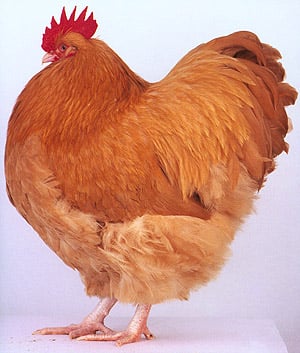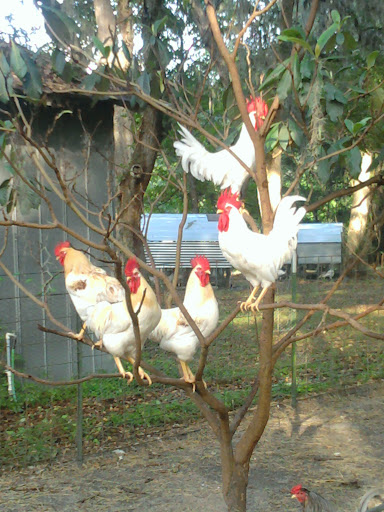I understand how you feel. I used to feel the same way. You cross a German Shepherd to a German Shepherd and all the offspring are still German Shepherds, even the white ones. However, dogs have pedigrees. It's quite easy to know the exact lineage of a dog. But with chickens, you have only the appearance of the bird to go by. You must look at the bird and decide with some level of comfort that the bird is indeed the breed it is represented to be. Therefor SOPs are important. They state what a particular breed is supposed to look like. And if that bird does not reasonably fall within the parameters of the SOP, it cannot be that breed.
How would you feel if insisted these are "Buff Ayam Cemani"?

or this as an albino Ayam Cemani?

We don't know the heritage of those birds. All we have is an SOP to compare the characteristics of those birds to while contemplating if they are indeed the breed they are represented to be. The second photo really happened. That bird was represented as an albino Ayam Cemani even though it has neither the characteristics of an Ayam Cemani nor the characteristics of an albino.
Remember APA Judge Leonard's post, "The APA does not care what genes they are carrying as long as they reproduce 50% correct....with the normal variations that any color pattern would have." and "At the qualifying meet the birds entered only need to look like the description given to the APA".
How does a white feathered bird fit the description of an Ayam Cemani? Don't get me wrong, they're beautiful birds! They're just not Ayam Cemani, at least not a variety that is in the SOP or being considered added to the SOP.
How would you feel if insisted these are "Buff Ayam Cemani"?
or this as an albino Ayam Cemani?
We don't know the heritage of those birds. All we have is an SOP to compare the characteristics of those birds to while contemplating if they are indeed the breed they are represented to be. The second photo really happened. That bird was represented as an albino Ayam Cemani even though it has neither the characteristics of an Ayam Cemani nor the characteristics of an albino.
Remember APA Judge Leonard's post, "The APA does not care what genes they are carrying as long as they reproduce 50% correct....with the normal variations that any color pattern would have." and "At the qualifying meet the birds entered only need to look like the description given to the APA".
How does a white feathered bird fit the description of an Ayam Cemani? Don't get me wrong, they're beautiful birds! They're just not Ayam Cemani, at least not a variety that is in the SOP or being considered added to the SOP.





